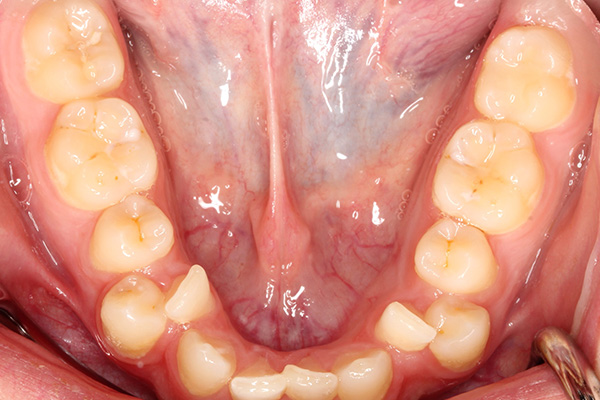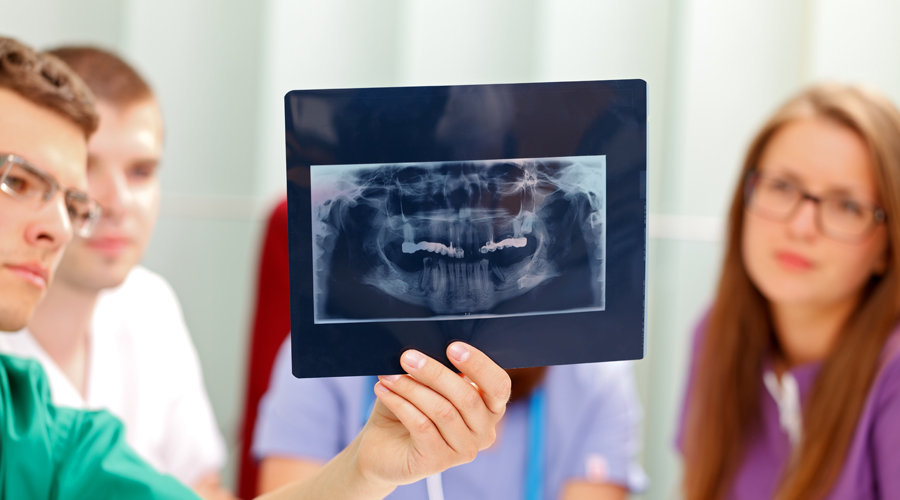
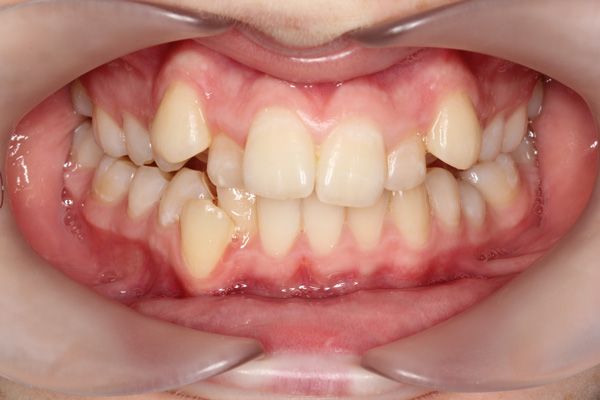
Crowding
Crowding results when there is a mis-match between the size of the teeth and the size of the jaws to fit them in. This can become unattractive, may be less easy to clean, and predispose to uneven wear of the teeth.
Spacing
Spaces arise when the width of the teeth is less than the available width of the jaws. Also the position of the teeth may be that they are flared outwards creating spaces between them due to tongue thrust activity. Braces are used to close the spaces however in some circumstances cosmetic dentistry may also be required to build up the size of the teeth.
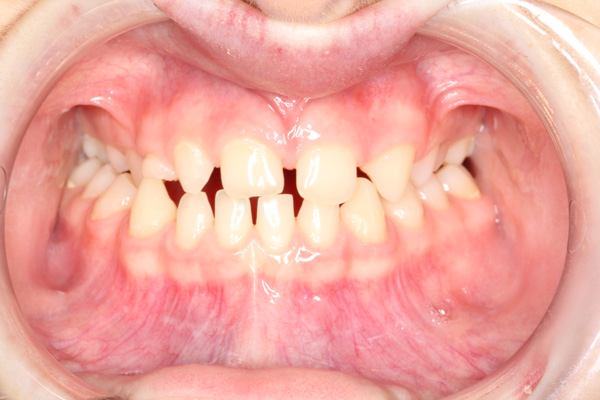

Crossbite
Usually the upper teeth fit outside the lower teeth. If an upper front tooth/teeth sits on the inside of a lower front tooth/teeth an anterior crossbite is present. This can usually be corrected with a removable plate or otherwise sometimes braces are needed to correct this.
If the upper jaw is too narrow the upper back teeth may sit on the inside of the lower back teeth on one or both sides known as a posterior cross bite. This may result in uneven wear of teeth and may make the lower jaw swing to one side to allow the teeth to mesh together. Usually treatment of a posterior crossbite will involve expansion of the upper jaw (see expander) and once the upper jaw has been widened the lower jaw can close normally.
Protruding Teeth (overjet)
Protruding teeth occur when the position of the upper teeth/jaw is forward of the lower jaw. The lower lip may sit behind the upper front teeth and tip them forwards making the problem worse. Not only do the teeth appear unsightly they are potentially at an increased risk of dental trauma as well. Orthodontics involves aligning and coordinating both upper and lower arches with braces, and in growing patients elastics or functional appliances are used to correct the bite.
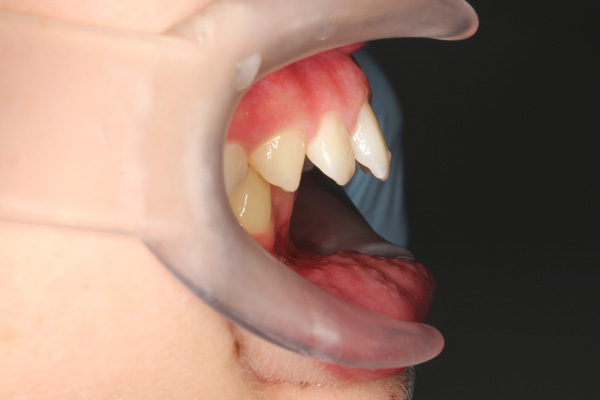

Deep Bite (overbite)
When there is no opposing surface for the upper and lower front teeth to contact they can overerupt creating a deep bite. In severe cases the upper teeth completely cover the lowers. This can result in excessive and premature wear of the lower front teeth. Also the lower front teeth may contact the soft tissue lining of the roof of the mouth and ulcerate this area of gum.
Open Bite
When the opposing teeth don’t meet an open bite is present. This can occur in the back teeth but more commonly occur on the front teeth. This can not only be unattractive but can also make it very difficult to bite into food. The underlying cause of the open bite is important to identify as this influences what treatment is required.
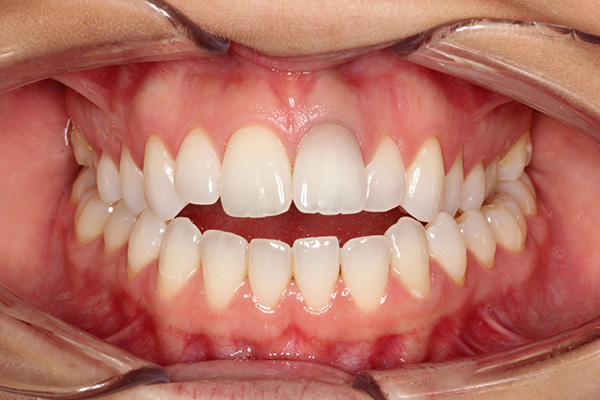
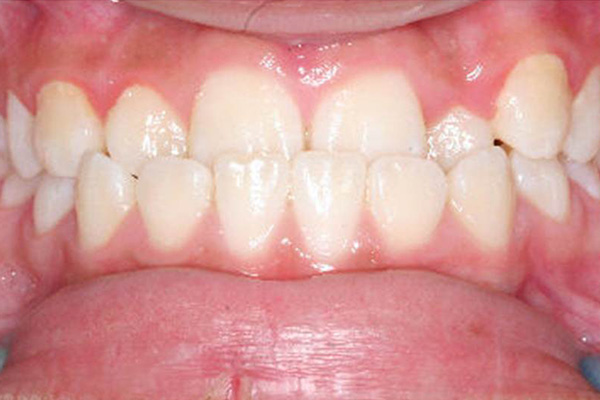
Under Bite
An under bite is present when the lower front teeth/jaw protrude past the upper front teeth. It can result in premature and excessive wear of the front teeth and can make it difficult to chew food. If the underbite is not too severe it can be corrected with braces and elastics. More severe cases may require a functional appliance in young age groups, or surgery in adults.
Teeth Problems
Impacted
Teeth generally become impacted when there is not enough room for them to erupt into the mouth. They get caught behind other teeth, the jaw bone, or gums. Orthodontic treatment aims at creating space for the impacted tooth to erupt into.
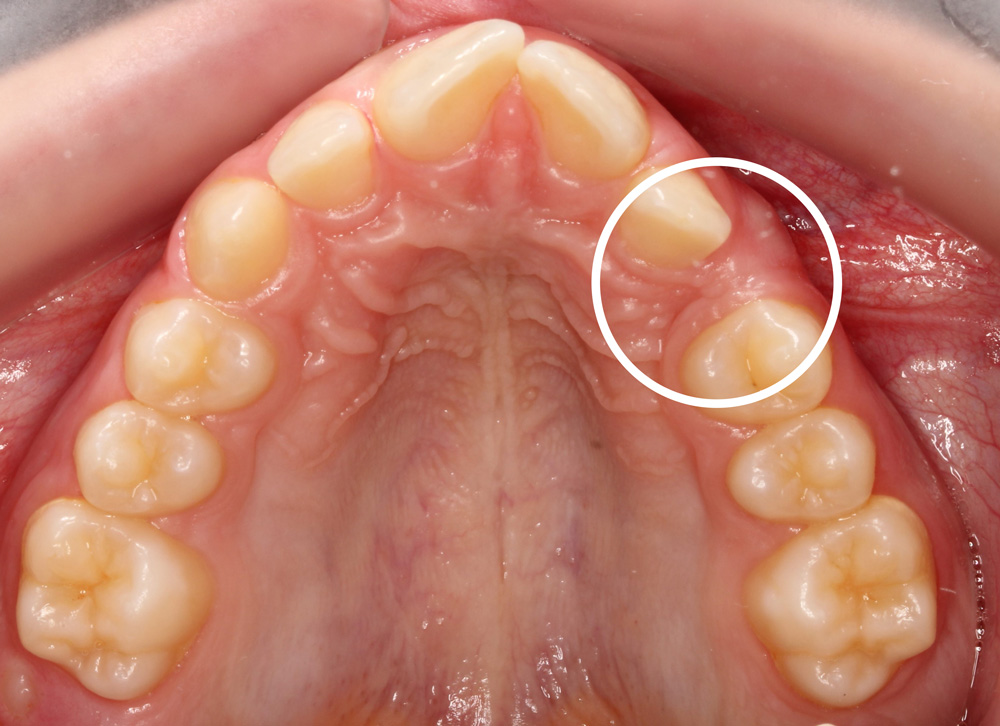

Missing
When teeth are missing the adjacent (next to) and opposing (other arch) tooth can drift into the space and create further problems. In some cases the space of the missing tooth is held open to have a prosthetic tooth replace it. However one of the advantages of orthodontics is that teeth can be moved to a new location and therefore close the space of a missing tooth.
Ectopic
When a tooth develops in the wrong location in the jaw it is called ectopic. Usually the ectopic tooth can be moved into its correct position using braces.
